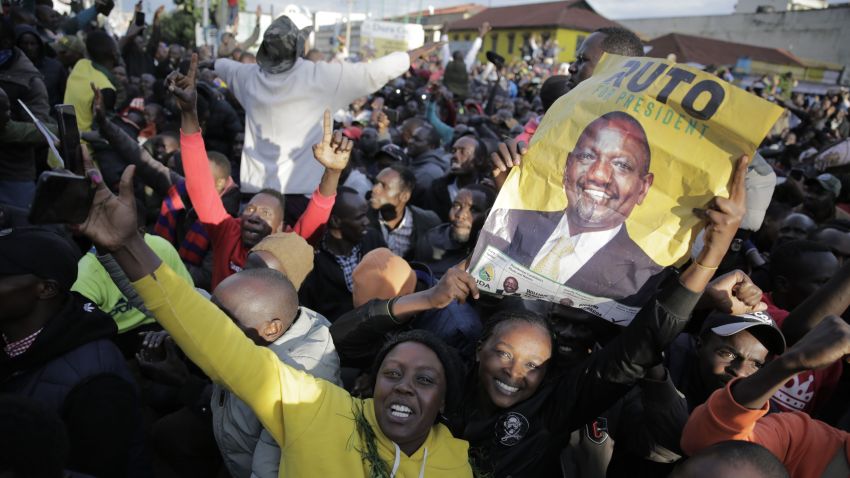NAIROBI, Kenya—Kenya’s electoral commission has declared Deputy President William Ruto the winner of the country’s Aug.9 presidential election, in a dramatic conclusion to the much-anticipated poll. According to Wafula Chebukati, the chairman of the Independent Electoral and Boundaries Commission, Ruto narrowly defeated his closest rival, former Prime Minister Raila Odinga, winning 50.5 percent of the vote compared with Odinga’s 48.8 percent. By passing the 50 percent threshold, he also avoided a runoff ballot.
Ruto’s victory is the capstone on a keenly contested general election that drew wide attention across the continent and the world. It was regarded by many Kenyans as the first transitional election since the promulgation of Kenya’s Constitution in 2010, given that Ruto’s falling out with outgoing President Uhuru Kenyatta, his erstwhile political ally, essentially made him the first opposition candidate to win a presidential election since then.
In addition to choosing a successor to Kenyatta, Kenyans also went to the polls last week to elect national legislators as well as county governors and assemblymembers. In addition, they chose 63 representatives—47 in the National Assembly and 16 in the Senate—to defend the interests of women, who are specifically recognized by the constitution as a marginalized group. For Ruto and the other victorious candidates, the immediate task ahead is to reunite Kenyan citizens after a long and divisive campaign that, though broadly peaceful, was full of disinformation and the occasional dirty trick. National cohesion will be essential to tackling the country’s myriad policy challenges and improving the quality of Kenya’s political institutions and civic participation beyond elections.

